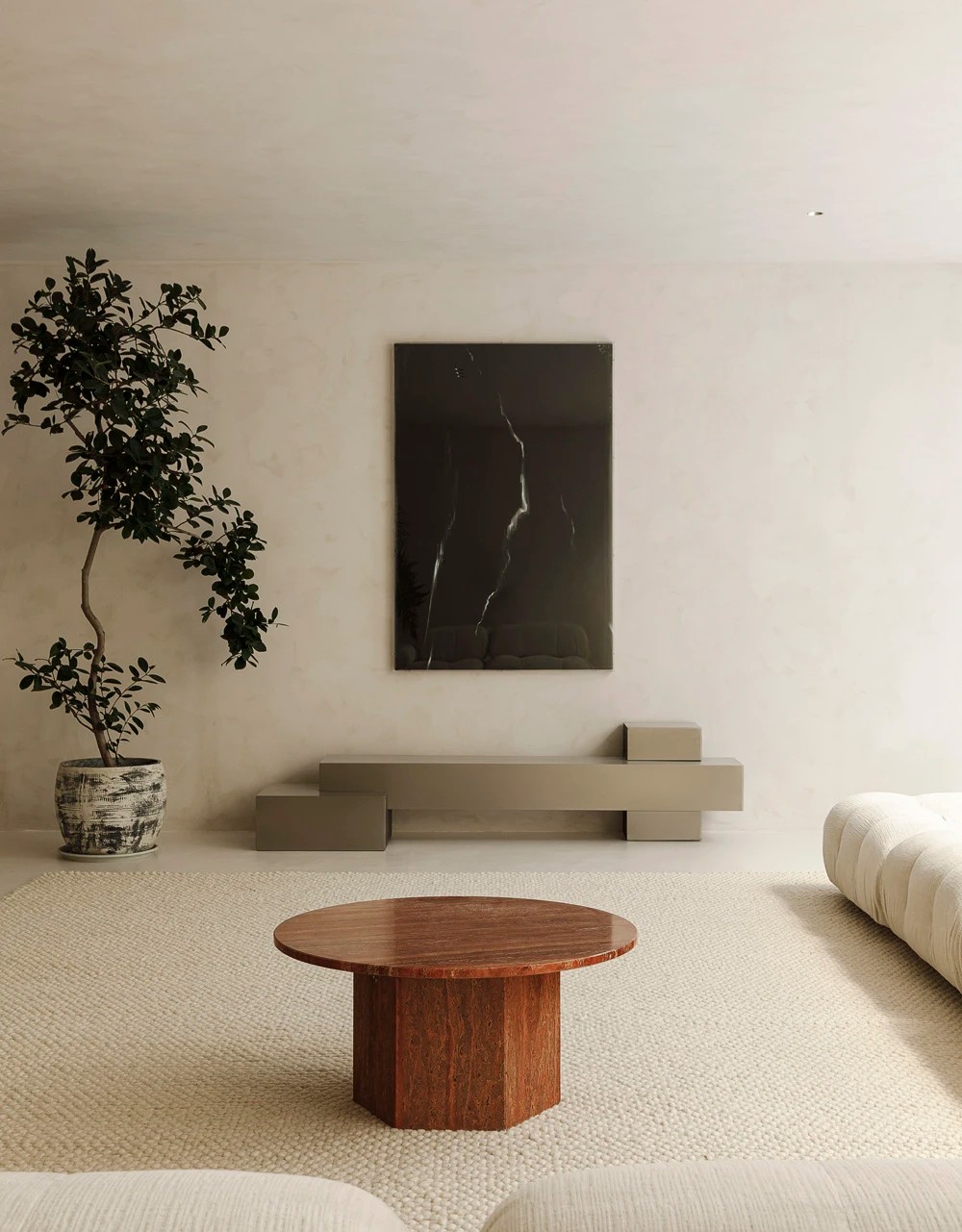Wrocław Technology Park Complex Refurbishment Major Architekci
2015-08-07 17:00
架构师提供的文本描述。W-7/44号大厅建于1940年,位于前林克-霍夫曼-沃尔克工厂内.多年来,它一直是现代工业建筑的一个很好的例子。
Text description provided by the architects. Hall W-7/44 was constructed in 1940 within the area of former Linke-Hofmann-Werke plant. Over the years it was functioning as a great example of modernistic industrial architecture.
© Krzysztof Smyk
Krzysztof Smyk


第七厅的建造是在1940年完成的,是以伯恩哈特于1939年8月签署的一个项目为基础的。从1944年年中到1945年1月,大厅里有格罗斯罗森集中营的一个附属组织-布列斯劳二世营的一部分。大会堂同时也是一个工作营地和一个工作空间。能容纳800至1200人的恩特色尔公司的员工房间可以容纳大约800至1200人。
The construction of the Hall VII was accomplished in 1940 and was based on a project from august 1939 signed by Bernhardt. From the middle of 1944 till January of 1945 inside of the hall there was a subsidiary of a concentration camp Gross-Rosen located – a part of camp Breslau II. The Hall was at the same time a working camp and a working space. Rooms for workers on an entresol could hold around 800-1200 people.


1945年4月初,在工厂地区发生的战斗中,大厅遭到严重破坏:天窗和窗户建筑的钢元素被弯曲,几乎100%的玻璃被毁。在清理了空间并用玻璃填充窗户后,1946年,作为PAFAWAG综合体(国家货车厂)的一部分,第七厅开始生产煤车。然而,在二十世纪九十年代,这座废弃的建筑又被毁了。
During the battles that took place on the area of the plant at the beginning of april 1945 the hall was seriously mutilated: the steel elements of the skylights and windows construction were bent, almost 100% of glass was destroyed. After decluttering the space and refilling the windows with glass, in 1946 hall VII already as a part of the PAFAWAG complex (National Wagon Factory) began production of coal-wagons. However, in the '90s of the XX century the abandoned building fell into ruin again.
© Krzysztof Smyk
Krzysztof Smyk


设计师们的主要目标是对被摧毁的、历史的、有价值的工业大厅进行建设性的、建筑的和功能性的再现。除了标准的翻新和维修处理外,这座建筑还进行了更新,使其适应了二十一世纪的功能需求。
The main goal of the designers was the constructive, architectural and functional reanimation of the fully devastated - but historic and valuable - industrial hall. Apart from standard renovation and maintenance treatments the building was subjected to a refreshing, adaptating it to functional demands of the XXI century.
© Krzysztof Smyk
Krzysztof Smyk


用钢和砖结构来隔离巨大的墙面和屋顶,结果是最大的挑战。答案是在现有卷的内部创建一个新卷。通过在旧墙内封闭聚碳酸酯新的内部结构,获得了最佳的温度条件和室内的实验室性质。此外,扩大了大厅的功能。除了工业和储存空间外,还有一些有预谋的办公室,以及一个纪念工作营地受害者的博物馆。
Insulating the huge wall surfaces and the roof with its steel and brick structure turned out to be the biggest challenge. The answer to it was to create a new volume inside of the existing one. By closing a new inner structure made of polycarbonate within the old walls, an optimal temperature conditions and laboratory-like character of the interior were achieved. Besides, the function of the hall was extended. Apart from industrial and storing space, there are offices premeditated, as well as a museum memorializing victims of the work camp.
© Krzysztof Smyk
Krzysztof Smyk




该建筑目前被称为“新七号”,吸引了新的公司,并在振兴老瓦罗茨鲁万PAFAWAG地区的过程中发挥了重要作用。
Currently known as "Nowa Siódemka" ("New Number Seven") the building attracts new companies and plays a big role in the process of revitalisation of the old wroclawian PAFAWAG area.
© Krzysztof Smyk
Krzysztof Smyk


























Architects Major Architekci
Location Wroclaw Technology Park, Klecińska 123, 54-413 Wrocław, Poland
Category Adaptive Reuse
Area 24405.0 m2
Project Year 2014
Photographs Krzysztof Smyk
Manufacturers Loading...
























